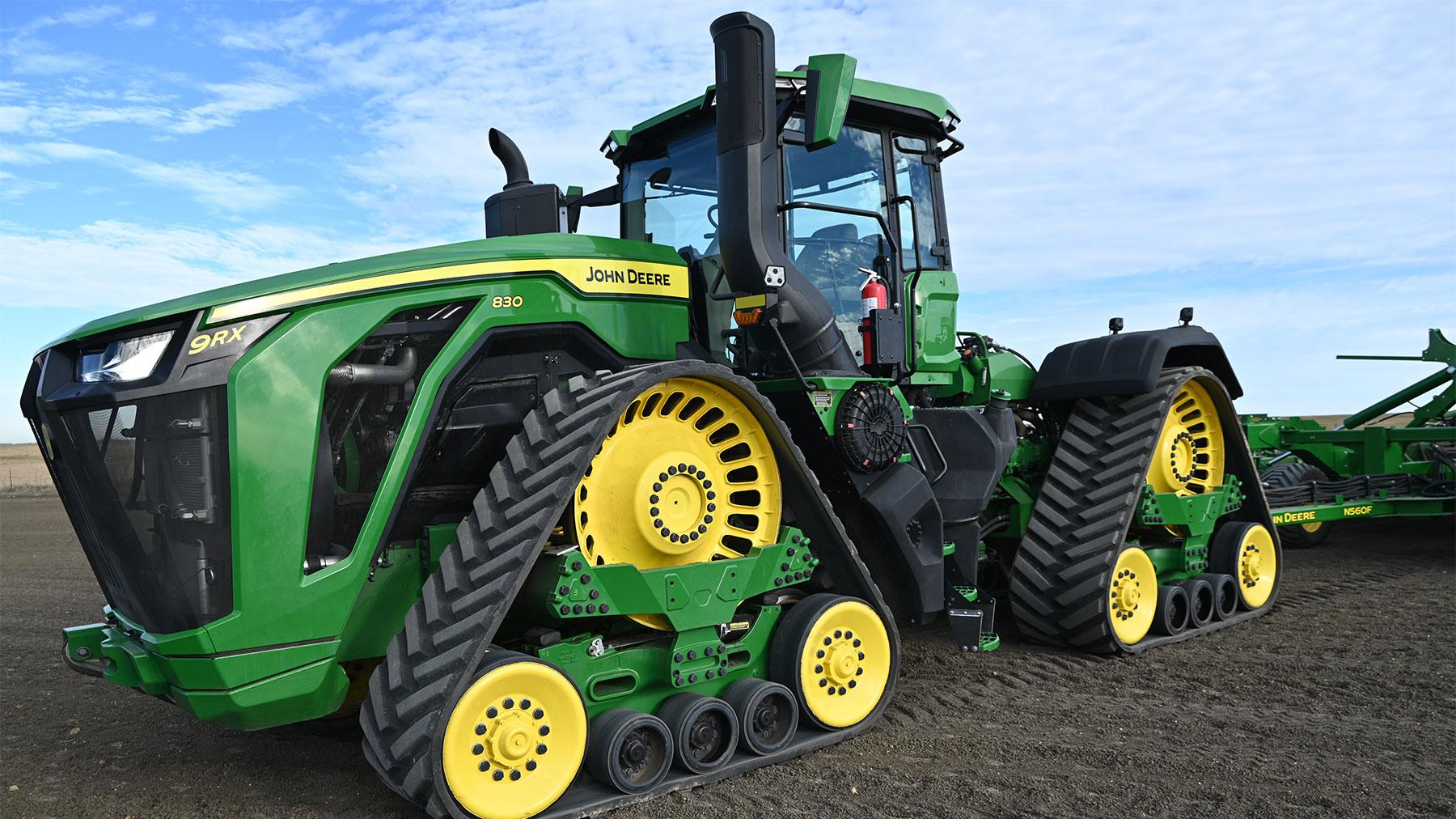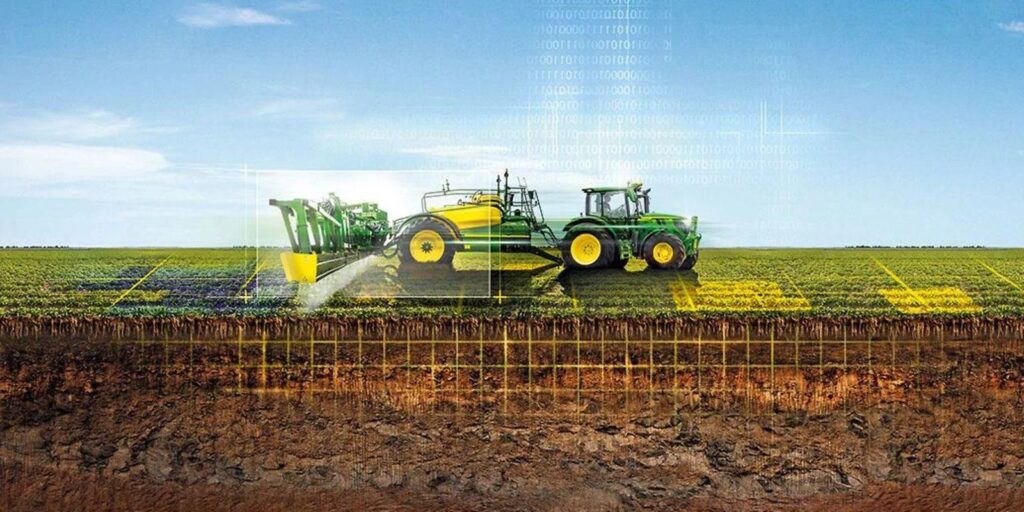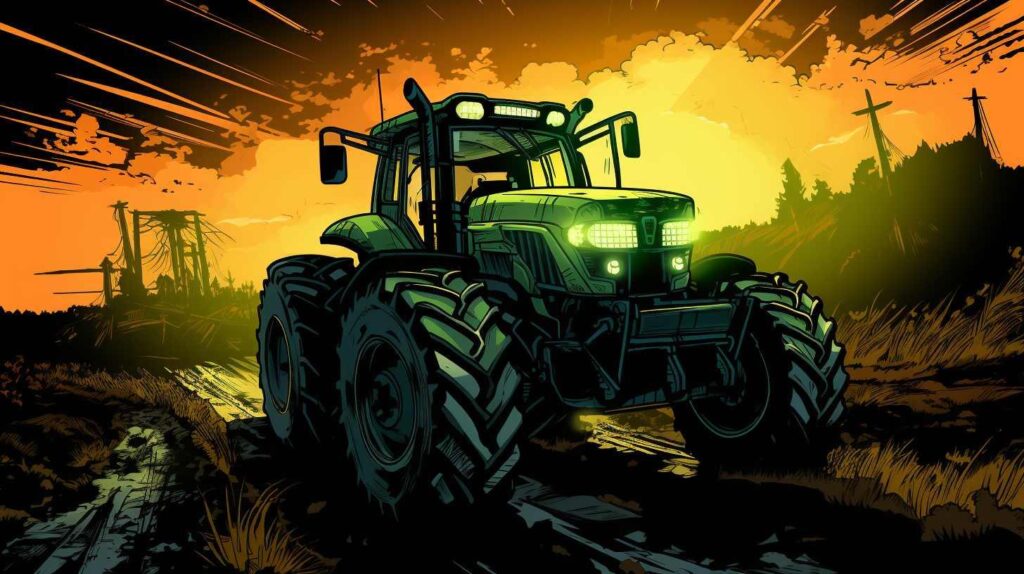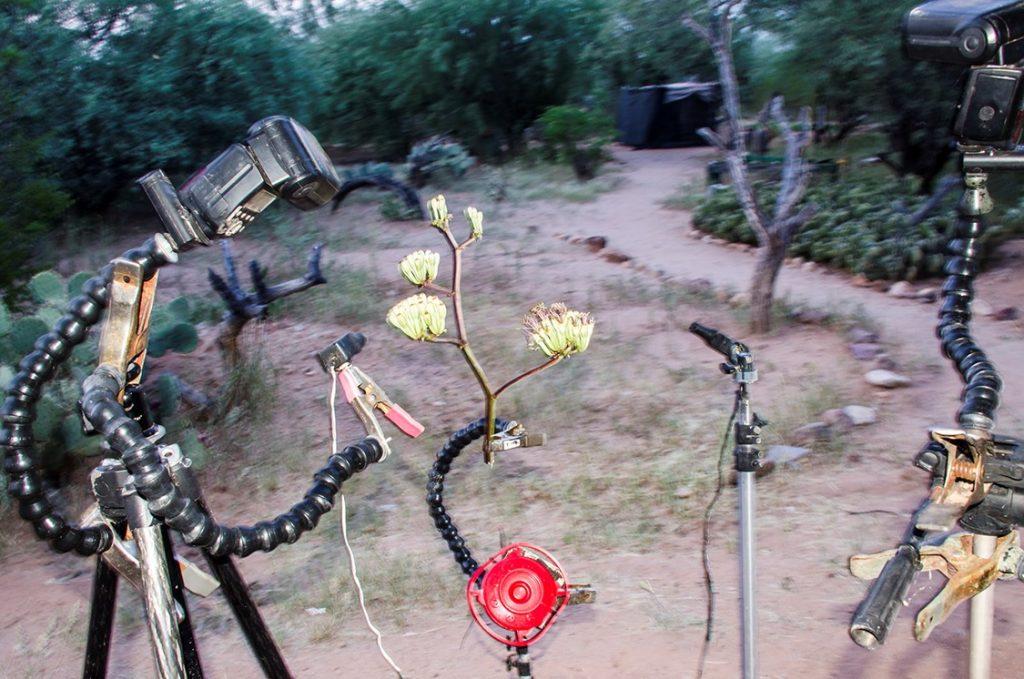Agricultural giant John Deere is taking notable steps toward modernizing its technological infrastructure by transitioning away from conventional virtual machines (VMs) in favor of more contemporary computing solutions.The company, known for its iconic green and yellow farm equipment, has begun implementing a complete digital change strategy that aligns with current industry trends in cloud computing and containerization. In a significant shift towards technological advancement, the agricultural machinery giant is implementing a comprehensive cloud-native strategy, marking the end of its traditional virtual machine infrastructure. This transformation represents a fundamental change in how the company manages its digital operations and delivers services to customers.
The company’s IT infrastructure has historically relied on virtual machines to run various applications and services. Though, this architecture has become increasingly complex and resource-intensive to maintain. The decision to phase out VMs comes as part of a broader modernization initiative aimed at improving efficiency, scalability, and cost-effectiveness.
The transition involves moving workloads to containerized environments and adopting Kubernetes for orchestration. This modern approach allows for better resource utilization, faster deployment cycles, and improved application portability. Engineers can now develop,test,and deploy applications more rapidly,reducing time-to-market for new features and services.
Cloud-native technologies are being implemented across various departments, from manufacturing operations to customer-facing applications. The company’s precision agriculture platform, which helps farmers optimize crop yields and reduce resource usage, is being reimagined using microservices architecture. This enables more frequent updates and better integration with third-party solutions.
the migration process is expected to take approximately 18 months, with teams working in phases to ensure minimal disruption to ongoing operations. Legacy applications are being refactored or rewritten to work in the new habitat, while critical systems remain operational during the transition.
Cost savings are projected to be substantial,with initial estimates suggesting a 30% reduction in infrastructure expenses. The elimination of VM licensing fees and reduced hardware requirements contribute significantly to thes savings. Additionally, the new architecture requires fewer staff hours for maintenance and troubleshooting.
Security measures have been enhanced with the adoption of modern containerization practices. The company has implemented advanced monitoring tools and automated security scanning for containers, ensuring compliance with industry standards and regulations.
Developer productivity has seen marked improvements, with deployment times reduced from hours to minutes. The new infrastructure supports automated testing and continuous integration/continuous deployment (CI/CD) pipelines, enabling faster iteration and more reliable software releases.
The company’s dealer network is also benefiting from this transformation.The modernized infrastructure allows for better integration between dealership systems and central services, improving inventory management and customer service capabilities.
Training programs have been established to help technical staff adapt to the new technologies. These programs cover container orchestration, microservices architecture, and cloud-native advancement practices, ensuring team members are equipped with the necessary skills for the transformed environment.
This technological evolution positions the company to better serve its customers in an increasingly digital agricultural landscape,while maintaining its leadership position in the industry.






